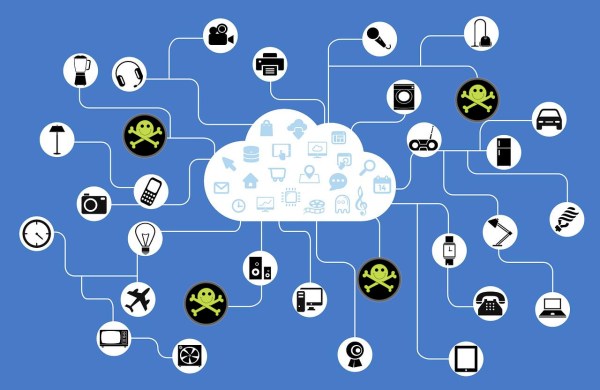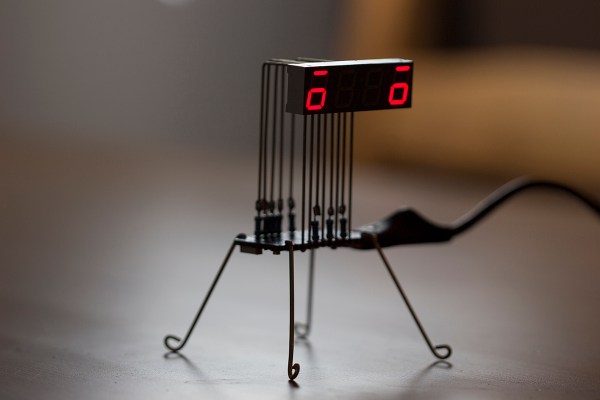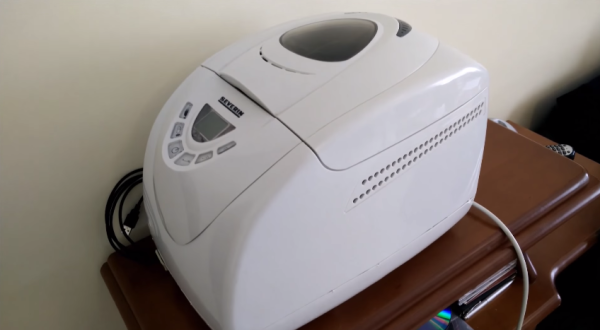Ahh DEF CON! One group of hackers shows off how they’ve broken into all sorts of cool devices and other hackers (ahem… “security professionals”) lament the fact that the first group were able to do so. For every joyous “we rooted the Nest thermostat, now we can have fun” there’s a doom-mongering “the security of network-connected IoT devices is totally broken!”.
And like Dr. Jekyll and Mr. Hyde, these two sides of the hacker persona can coexist within the same individual. At Hackaday, we’re totally paranoid security conscious, but we also like to tinker with stuff. We believe that openness and security are best friends forever. If you can open it, you can see if it’s well-made inside, at least in principle. How do we reconcile this with the security professional’s demand for devices that only accept signed binary firmware updates so that they can’t be tampered with?
We’ve got no answers, but we’ve got plenty of questions. Read on, and let us know what you think.
Continue reading “DEF CON Vs IoT: On Hackability And Security”






















